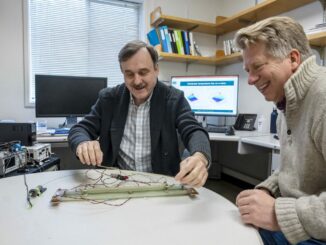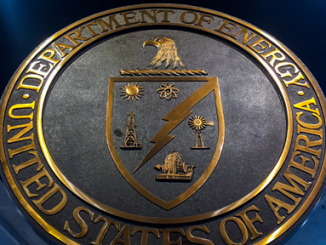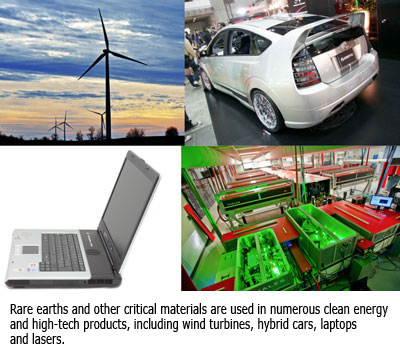VACUUMSCHMELZE GmbH & Co. KG (VAC), a global manufacturer of advanced magnetic materials, and Lawrence Berkeley National Laboratory (LBNL) have partnered to develop a new magnet design assembly that will be used in undulators for a next-generation free electron laser (FEL) under development by the Stanford Linear Accelerator Center (SLAC).
SLAC is currently developing its next-generation FEL as part of its LCLS-II (Linac Coherent Light Source) project, which will significantly enhance X-ray capabilities and will enable more advanced research in energy, healthcare and technology. The VAC modular assemblies are an integral part of FELs and are used in hard and soft X-ray undulators.VAC and LBNL’s new jointly-developed magnet design assembly, containing VAC’s new VACODYM 956 DTP material and its VACOFLUX 50 parts, enables extremely narrow required magnetic and mechanical tolerances. These tolerances define the quality of the undulator systems, and ultimately the FEL. This new product has enabled VAC to replace a competitor that supplied the magnet design assembly for SLAC’s first LCLS project.
Additionally, the partnership of VAC and Lawrence Berkeley represents an important milestone for VAC Americas as it establishes a deepened presence within the North American market and provides a technology solution that can be relied upon in critical applications.
“We are very pleased that LCLS-II in the USA is now using our magnets and magnet systems. In addition to several other major FEL projects, including the European XFEL in Germany, the Swiss FEL in Switzerland, and the PAL FEL in Korea, this is the fourth large-scale project that uses our materials. These research facilities nearly cover the complete Free Electron Laser energy spectrum” per Dr. Ralf Koch, head of Research & Development at VAC. Dr. Koch added that “VAC’s broader range of VACODYM and VACOFLUX solutions can be used in additional applications, including automotive sensors, MRI systems, beam guiding systems and electronic measuring instruments, among others.”
Matthaeus Leitner, a lead engineer at LBNL, also commented, “We chose VAC as a partner since VAC had the technical resources to develop integrated and fully assembled undulator modules. During the whole project life, maintaining a close communication between VAC and LBNL was essential, since the magnet module design had to be refined from early prototypes to full production. Throughout the project, VAC’s technical team has been a tremendously supportive and knowledgeable partner, with experts in the field supporting LBNL in Germany as well as directly in the US.”
Beyond using VAC-LBNL undulators at its own facility, LBNL is starting to provide these undulators to other institutions that research FELs. To these institutions, LBNL will be able to highlight its relationship with SLAC that is financed, inter alia, by the U.S. Department of Energy, and that now uses the VAC-LBNL undulators in its LCLS-II particle accelerator project, which is planned to be activated in 2019.



